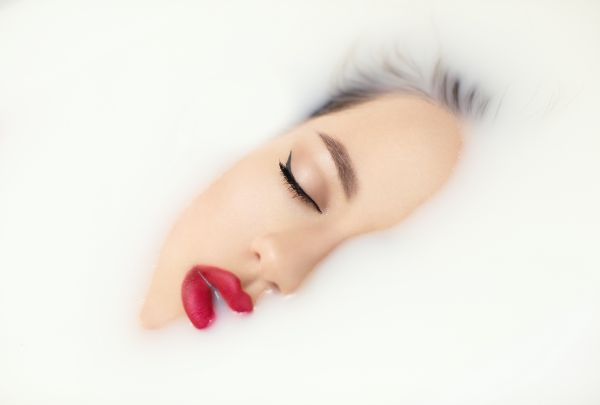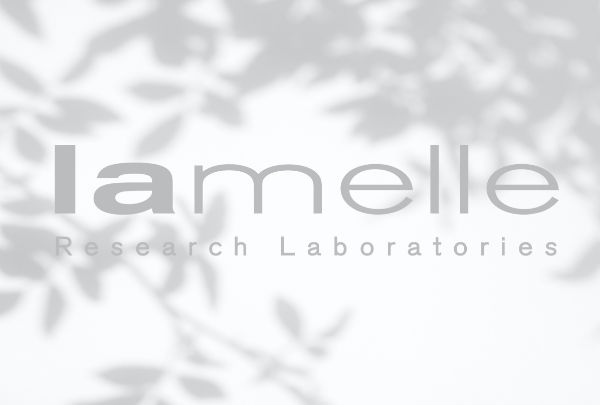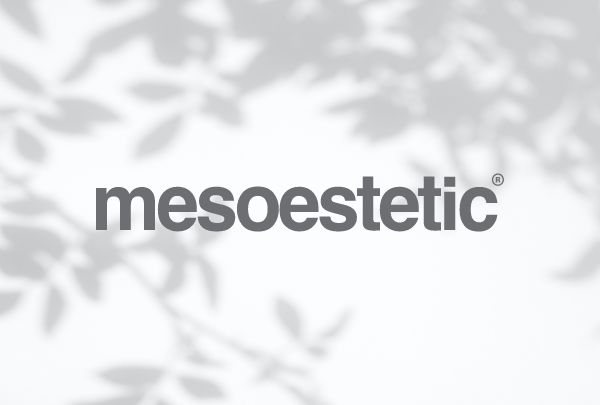TCA Peel
TCA is a non-toxic chemical (trichloracetic acid), which has been used to perform skin peels for over 20 years. It is a relative of vinegar (acetic acid.) When TCA is applied to the skin, it causes the top layers of cells to dry up and peel off over a period of several days to one week. When the old skin is peeled off, it exposes a new layer of undamaged skin, which has a smoother texture and more even colour. The TCA peel is also used to get rid of “smokers-lines”.
TCA peels are safe in the hands of an experienced therapist. TCA is a good option, particularly if you have melasma, because many lasers are difficult to use when treating melasma.
All peels work by removing a layer of sun damaged skin. Superficial or “light” peels remove only the top layer, mostly the layer of dead skin called the stratum corneum. Progressing from medium to deep peels, the layer of skin removed is greater with each increase in strength of the peel solution. The stronger the peel solution the greater the risk of complications like uneven pigment or even scarring, especially for those who are prone to pigment .
TCA peels can be done at different depths from shallow to deep.
Lighter TCA peels are usually done in a series of 2 or 3 for best results. This is similiar to other light peels that usually involve hydroxy acids such as glycolic, salicylic, or a mixture of other hydroxy acids. Medium depth TCA peels are usually done once or twice a year and do require some downtime – usually about a week – when the peeling is obvious
The face, neck, chest, back, arms, and legs.
When considering peels of non-facial areas, it’s important to realize that these areas do not heal as well as the face, and the desired results are not as predictable. It is important to note that you should never peel more than a small percentage of the body at one time in order to avoid any chance of potential toxicity. Peeling a face, neck and chest can be peeled together.
This depends on the depth of the peel and the extent of your continuing sun exposure. Once initial damage has been removed the skin will age a regress as much as you allow. A complete treatment would include Somalogic’s peptide cream which contains Vitamin A and then a good sunscreen. No need for bags of products.
You can expect to see your result 7 to 10 days after the peel. Your skin should continue to improve for 30-60 days as long as you are protected from the sun.
Your skin will be cleansed several times with liquid cleanser, alcohol and possibly acetone. It’s important that all the oil be off the skin so the peel solution will penetrate evenly. Then the peel solution is applied and sometimes this is done in two stages. There is some stinging and a sensation of heat while the peel solution is active. Sometimes a small handheld fan is used for cooling in this stage. Then an ointment is applied to speed healing and post care instructions are given, which usually includes sunscreen.
You will usually peel for about one week with a medium peel. The skin will be a light yellow after the procedure for 1-2 hours. This color will gradually fade. The skin will be slightly redder for 2-3 days after the peel and feel tight.
Avoid all sun exposure. You will begin to peel approximately 48-72 hours after the treatment and the peeling will last generally 2-5 days. There is no pain but the skin looks as if it has a severe sunburn. You will be more sensitive to sunlight for 4 weeks after so don’t plan any sunny vacations for at least a month.
Wash nightly with a gentle cleanser and remove any makeup very gently. Apply a thick, bland moisturizer like Post procedure cream, for Epidermal Repair. Should you want to use foundation Lycogel is a great option. You will need to increase your use of a moisturizer after the peel as your skin will be temporarily drier.
Who & why?
What are the possible side effects and complications of a TCA Peel?
We will give you specific instructions on pre-treatment and post-treatment care and expectations.
Here are some possible side effects or issues:
1. PAIN
There is usually no discomfort after the peel.
2. REDNESS
A pink or red coloration of the skin may persist for 2-4 days after a TCA peel. In rare instances, redness may persist for longer. This can occur all over or only in certain spots.
3. HEALING
The TCA peel causes a superficial wound to the skin that takes approximately 7-10 days to heal. Once the surface is treated, it may be pink and may be sensitive to the sun for approximately 2-4 weeks.
4. PIGMENT CHANGES
The treated area may heal with decreased pigmentation. This occurs when TCA is used to reduce unwanted pigmentation.
5. SWELLING
Immediately after the TCA peel, there can be mild swelling of the skin, usually, if you are particularly prone to sinus. This is a temporary condition and will resolve over two to three days. You can also take an antihistamine to take away the swelling.
6. SUN SENSITIVITY
You will be sensitive to the sun for 2 – 4 weeks after the treatment and will need to protect your skin daily from the sun with sunscreen.
7. ACCUTANE
Generally, you should not have a medium depth peel if you have used Accutane in the last 12 months.
8. COLD SORES
If you are prone to herpes (cold sores, fever blisters), you may need a prescription for acyclovir or famvir prior to having medium depth Peel. You will need to avoid exfoliating treatments during a herpes breakout.
Other Chemical Peels We Offer
World-renowned Lamelle Chemical Peels ranging from Lacti-Firm 90/10, Beta Plus Peel 20%, and AzeAc Peel – to name a few in their collection.
A Jessner peel is a popular combination medium-depth chemical peel that works to improve skin texture.




